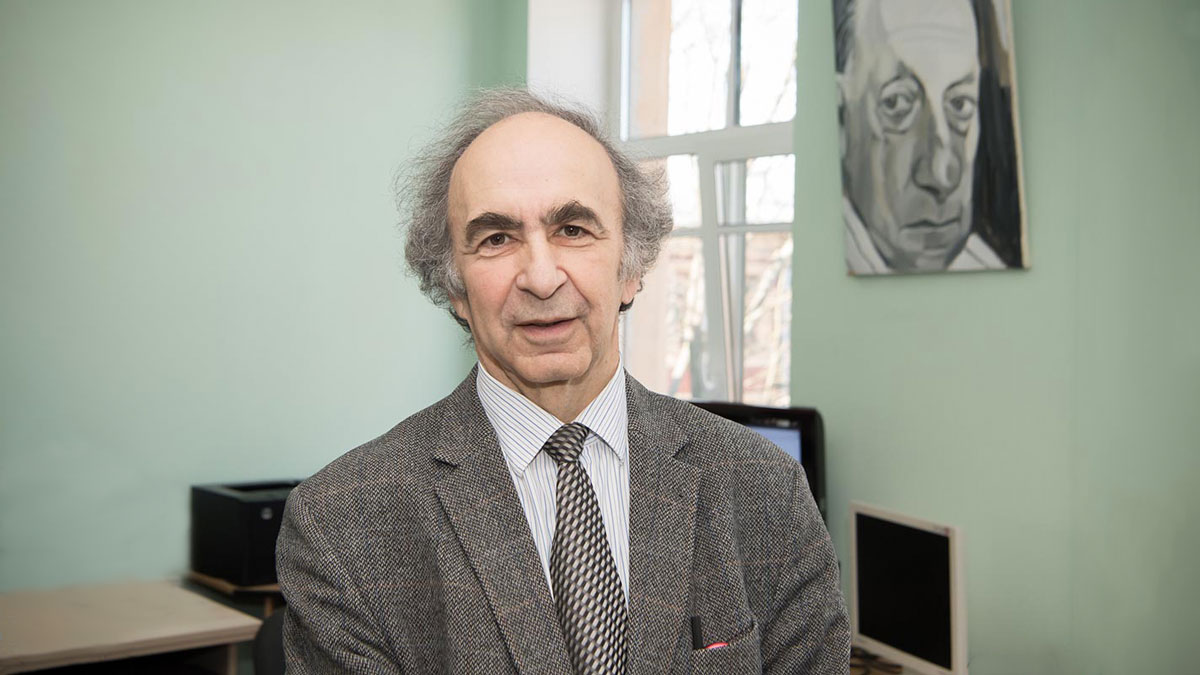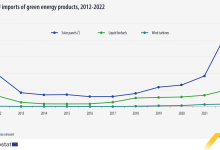The Era of the Thermonuclear Energy
The scientific group from Peter the Great St. Petersburg Polytechnic University (SPbPU), headed by Professor Vladimir Rozhansky, is directly involved in the establishment of the world’s largest experimental thermonuclear reactor ITER.
The societies gradually start to realize that nuclear energy based on fission reactions won’t be so widespread in future because of the environmental problems associated with waste disposal, possible accidents, etc. Also, its commercial attractiveness is significantly reduced due to the costs required for the decommissioning of reactors. Thus, many countries are gradually phasing out nuclear energy. Thermonuclear energy is free from these shortcomings.
The energy of the future lies in the area of the controlled thermonuclear fusion. Russia’s pioneering role in plasma research is indisputable: it was Igor Tamm and Andrei Sakharov who laid down the theoretical foundations for the tokamak, a device with magnetic plasma confinement. As member of ITER, Russia is currently participating in the construction of the tokamak-type International Thermonuclear Experimental Reactor in France.
A controlled thermonuclear reaction with the so-called positive output should be obtained on the ITER tokamak for the first time. This means that the energy released during the reaction is greater than or at least equal to the cost of heating the plasma in the reactor. It is necessary to reach the temperature of more than 100 million degrees! It is planned that the first plasma at ITER will be obtained by the end of 2025. It will take another 10-15 years of reactor operation to obtain a self-sustaining thermonuclear reaction by the end of this period.
The scientific group from SPbPU, headed by Professor Vladimir Rozhansky, is directly involved in the establishment of the world’s largest experimental thermonuclear reactor ITER. In 2018 Professor Vladimir Rozhansky, Head of Laboratory of Theory and Modelling of Tokamak Plasma at SPbPU became a member of the ITER Science and Technology Advisory Committee.
“Researchers at the Polytechnic University created a numerical code for modelling the parameters of edge plasma of tokamaks. The developed code was adopted as the main one at ITER in 2017, it is called SOLPS-ITER,” mentioned Professor Vladimir Rozhansky. This code is recommended for all researchers who are involved in fusion for modelling the edge plasma of tokamak.
Researchers of SPbPU also discovered new effects, which affect the energy flow in the reactor. The theoretical predictions were confirmed by the experiments on two tokamaks.
“One of the main issues of thermonuclear fusion is associated with the edge plasma, or rather with the thin scrape-off layer. Understanding how this layer is arranged, knowledge of the physical processes helps to predict the energy flux density on the material surfaces. Generally, it influences the possibility to carry out the controlled thermonuclear fusion, because the reactor divertor plates should withstand huge energy flows,” notes professor Vladimir Rozhansky.
The researchers investigated the electric currents which flow in the scrape-off layer of the edge plasma. They carried out theoretical calculations and performed numerical simulations. The calculated data was verified experimentally on two tokamaks. On the tokamak at the Max Planck Institute for Plasma Physics in Germany, and also on the Russian tokamak ‘Globus-M’, which is located at the Ioffe Institute (Russia). In the course of studying a new type of current was discovered.
“Due to the simulations and experiments on existing tokamaks, we were able to confirm the theory of the mechanisms of the scrape-off layer formation in the reactor. Experiments on both tokamaks fully confirmed our theoretical calculations. Therefore, we can make predictions and extrapolate these data to the larger object, the ITER reactor,” says Professor Rozhansky.
Polytechnic University’s researchers are renowned for their simulation studies on the tokamak reactor and for the diagnostics methods developed for ITER. Moreover, the Polytechnic University annually hosts a joint international polytechnic summer school on plasma physics and controlled fusion in collaboration with the School of Physical Sciences of SOKENDAI (the Graduate University for Advanced Studies, Hayama, Japan) and the National Institute for Fusion Science (Tokyo, Japan).
It should be noted that an international scientific conference entitled ‘Advances and Applications in Plasma Physics’ guided by the world’s famous publisher Nature Research for the first time in Russia took place during September 18-20, 2019. The main organizer was Peter the Great St. Petersburg Polytechnic University in collaboration with editors of Nature Physics, Nature Communications and Nature Reviews Physics. The meeting brought together experts and young scientists from various plasma subfields, including nuclear fusion; low-temperature plasmas; astrophysical plasmas; laser-plasma interactions. In spite of tremendous progress over the past decades in understanding plasmas, there are many challenges that still confront plasma physicists, especially when it comes to the design and development of potential applications.






